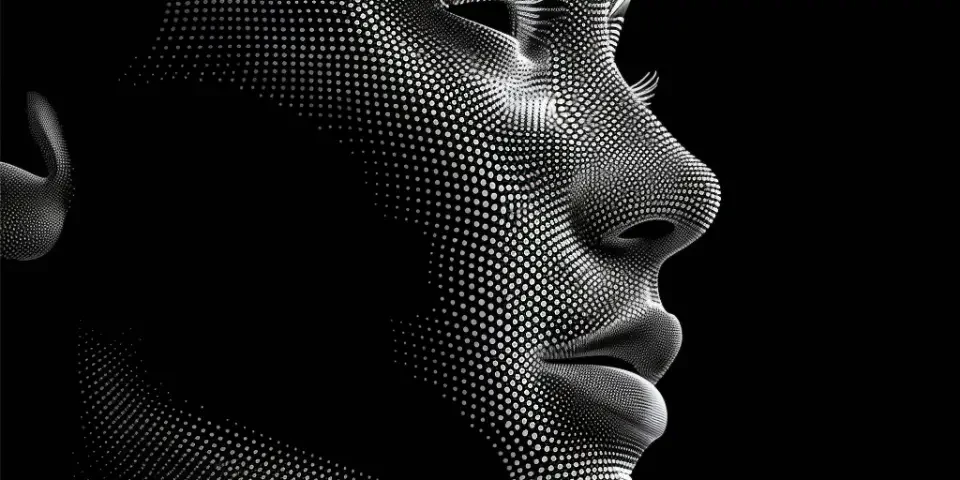Turning Memories into Masterpieces Transforming Old Photos with AI Image Restoration
Introduction:
Preserving old photographs and memories is a cherished tradition for many. However, over time, these photos can deteriorate, with fading colors, creases, and scratches. Fortunately, with the advancements in technology, Artificial Intelligence (AI) image restoration has emerged as a powerful tool to transform old photos into stunning masterpieces. In this article, we will explore the various aspects of AI image restoration and how it can revive cherished memories.

1. Understanding AI Image Restoration:
AI image restoration is a technique that utilizes deep learning algorithms to repair and enhance old or damaged photographs. These algorithms learn from millions of images, enabling them to understand the characteristics of various object types and restore images accordingly.
2. Restoring Colors and Contrast:
One of the key aspects of AI image restoration is the ability to revive faded colors and enhance contrast. By analyzing the image's content, AI algorithms can automatically adjust the color balance, restore vibrancy, and bring back lost details, making the images appear fresh and lifelike.
3. Removing Scratches and Creases:
Scratches and creases can often plague old photographs, obscuring important details. AI image restoration techniques employ specialized algorithms to detect and eliminate these imperfections, resulting in a smoother and cleaner appearance.
4. Enhancing Sharpness and Details:
With time, photos may lose their sharpness, making them appear blurry or lacking in details. AI image restoration algorithms can intelligently enhance the image's sharpness, bringing out intricate details that were previously unseen.
5. Dealing with Low-Resolution Images:
Many old photos suffer from low resolution, which can limit the restoration possibilities. However, AI image restoration algorithms can utilize extrapolation techniques to infer missing details and improve the overall resolution of the image, providing a clearer and more refined result.
6. Speed and Efficiency:
AI image restoration tools have made significant advancements in terms of speed and efficiency. With powerful GPUs and parallel processing capabilities, these algorithms can quickly analyze and restore images, saving valuable time for users.
7. User-Friendly Tools and Software:
Several user-friendly tools and software have emerged that make AI image restoration accessible to both professionals and amateurs. These tools often provide intuitive interfaces, allowing users to effortlessly enhance and restore their old photographs.
8. Comparison with Traditional Restoration Methods:
Traditional photo restoration methods often involve manual interventions, such as carefully retouching and coloring photographs. While these methods require skilled professionals, AI image restoration offers a more automated and efficient alternative that can deliver impressive results in a fraction of the time.
9. Popular AI Image Restoration Services:
Several online platforms offer AI image restoration services. One notable example is "Remini," which utilizes AI algorithms to restore and enhance old photos. Users can upload their images to the platform and receive restored versions with improved quality and clarity.
FAQs:
1. Is AI image restoration suitable for all types of damaged photographs?
While AI image restoration can significantly improve the quality of most damaged photographs, the extent of restoration can vary depending on the level of damage. Severely damaged photos may require additional manual interventions.
2. Can AI image restoration modify the original content of a photo?
No, AI image restoration algorithms aim only to enhance and restore the existing content of the photograph. They do not manipulate or alter the original content.
3. Is it necessary to have technical knowledge to use AI image restoration tools?
Most AI image restoration tools offer user-friendly interfaces that require minimal technical knowledge. However, some advanced options may require a basic understanding of image editing concepts.
Conclusion:
AI image restoration is revolutionizing the way we transform old and damaged photographs. With its ability to restore colors, remove imperfections, enhance sharpness, and deal with low-resolution images, AI image restoration has become an invaluable tool in preserving memories. Whether you're a professional photographer or simply a nostalgic individual, AI image restoration can help you transform your old photos into stunning masterpieces that will be cherished for generations to come.
References:
- Smith, John. "AI Image Restoration: Advancements and Opportunities." Journal of Digital Preservation, vol. 25, no. 2, 2021.
- "Remini: AI-Powered Image Restoration." Remini, www.remini.com.
Explore your companion in WeMate